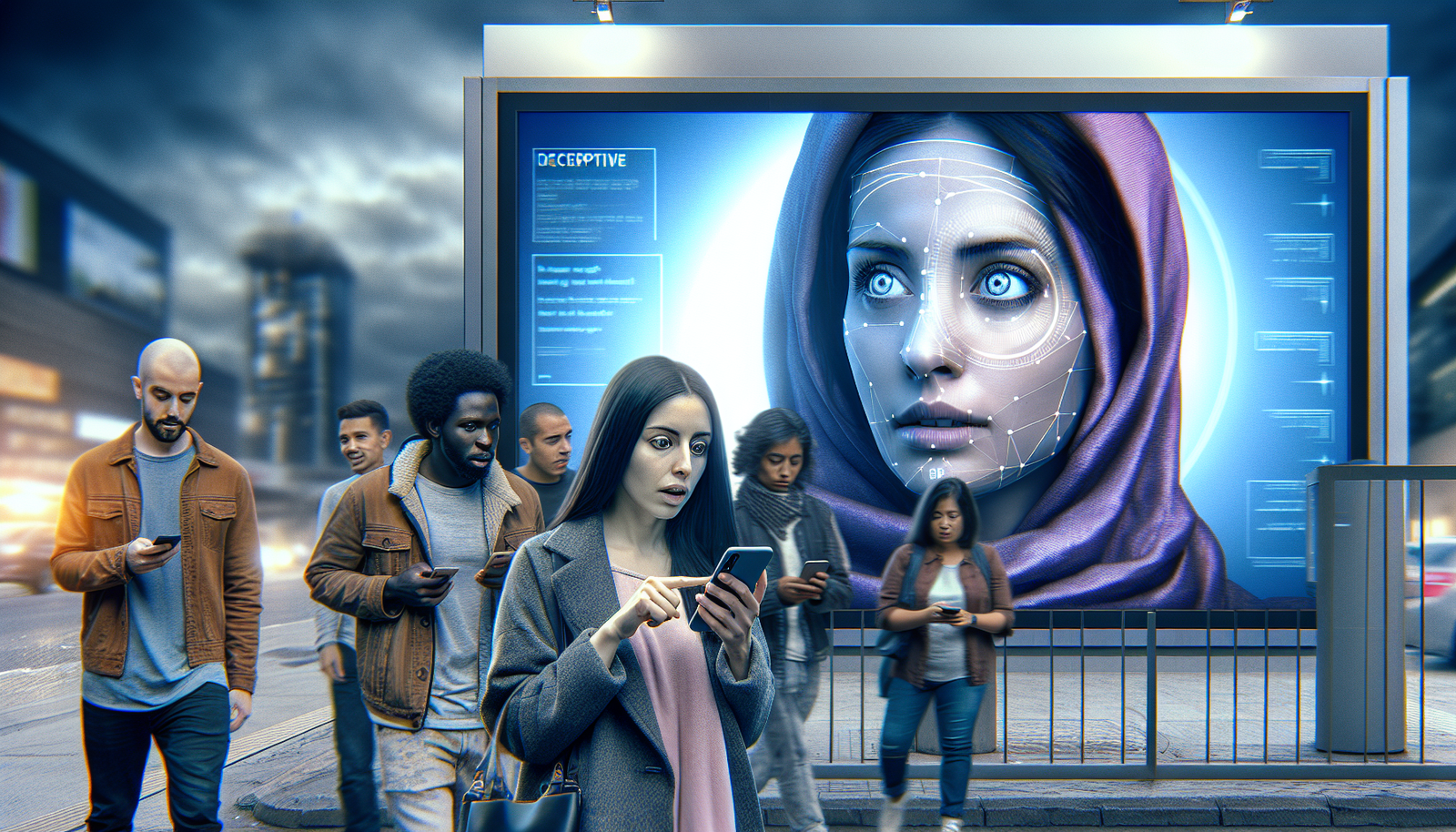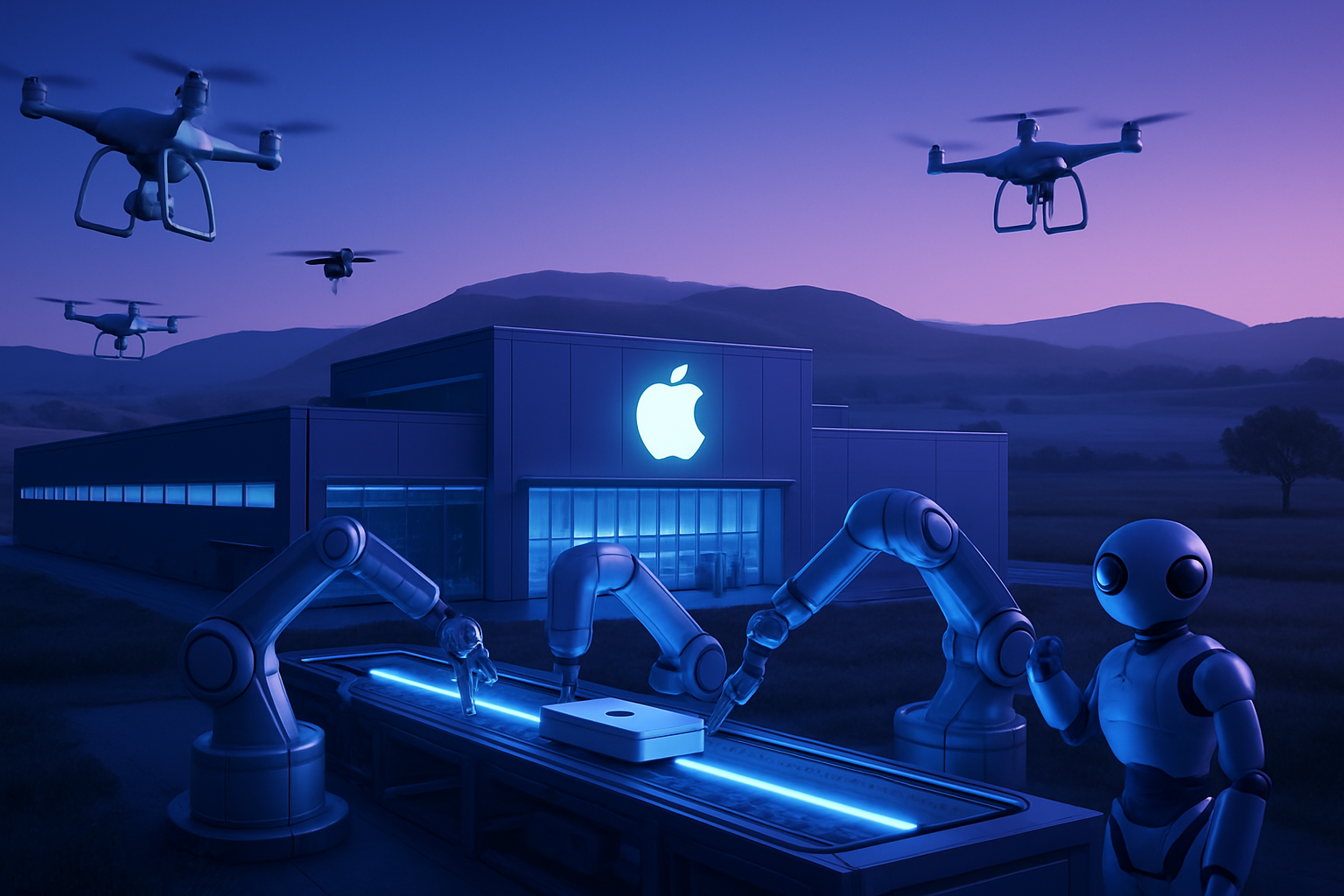The fight against misleading advertisements is reaching a decisive turning point. Meta boldly reintroduces facial recognition technology to counter abuses. This revolutionary approach allows the identification and blocking of fraudulent ads exploiting images of public figures. In the face of the proliferation of manipulated content, the need for an effective system becomes imperative. Advertisements generated by artificial intelligence, particularly deepfakes, pose a colossal challenge, endangering user integrity on Facebook and Instagram. Meta is thus tackling scams, fostering a more secure and reliable digital environment.
Reintroduction of facial recognition by Meta
Meta recently announced the reintroduction of its facial recognition technology on Facebook, three years after the complete cessation of this practice. The goal of this re-launch is focused on combating misleading advertisements and protecting users on its platforms. With about 50,000 public figures enrolled in a trial, Meta will be able to assess the effectiveness of this technology in countering manipulated content.
Objectives of facial recognition technology
Meta’s main aim is to identify and block fraudulent advertisements exploiting images of celebrities. These often unwanted ads take advantage of the rise of content generated by artificial intelligence, such as deepfakes. The platform thus intends to provide a more secure environment for users by detecting attempts to manipulate media.
How facial recognition works
The facial recognition technology analyzes images to identify faces and examine their usage. When suspicious content is detected, measures are taken to remove or block it. This process involves a series of checks and programmed analyses aimed at ensuring the reliability of results. Thus, Meta ensures effective protection of its users against scams.
Impact on the fight against scams
Thanks to this initiative, Meta anticipates a significant reduction in deepfake ads that exploit famous faces. The reintroduction of this technology represents a viable solution to ensure content integrity on Facebook and Instagram. The ability to identify abuses and act quickly results in an improved and more secure user experience.
Legal consequences
Meta has faced controversies regarding its use of facial recognition. The company agreed to pay nearly $1.4 billion in Texas for inappropriate use of this technology between 2011 and 2021. This episode illustrates the legal challenges Meta faces in implementing this technology while requiring constant vigilance to comply with regulations.
Ethical and social considerations
The use of facial recognition raises ethical and social questions. All users have the right to inquire about the use of their personal data and the implications of this technology. Meta must navigate carefully to establish a climate of trust and ensure transparency towards its users. The question of responsibility in managing sensitive information remains central.
User FAQ about Meta and facial recognition
What is the facial recognition technology implemented by Meta?
The facial recognition technology implemented by Meta involves analyzing and automatically identifying photos in order to detect misleading or fraudulent content using images of public figures.
How does Meta use facial recognition to combat misleading advertisements?
Meta uses facial recognition to identify fraudulent ads that exploit celebrity images, thus preventing the spread of misleading content generated by artificial intelligence processes.
What measures have been taken to ensure user data security when using facial recognition?
Meta implements strict data management protocols, ensuring that personal information processed by facial recognition is protected and used only to detect abuses related to ads on its platforms.
What happens if my image is used without permission in a misleading ad?
In this case, the facial recognition technology allows Meta to detect the unauthorized use of your image. The company can then block the fraudulent advertisement and take measures to protect your rights.
How effective is the facial recognition technology against deepfakes?
Meta believes that facial recognition is an effective solution for spotting deepfakes, where images of celebrities are generated by artificial intelligence, as it allows for rapid validation of the authenticity of visual content.
Has Meta ever faced legal issues regarding the use of facial recognition?
Yes, Meta has previously been involved in litigation related to the use of facial recognition, resulting in a $1.4 billion settlement in Texas for violations related to privacy protection between 2011 and 2021.
How can users report misleading ads on Facebook or Instagram?
Users can report a fraudulent ad using the reporting option present under each ad, which alerts Meta to the suspicious content, thus triggering a potential investigation.
Will facial recognition technology be used for other applications beyond advertisements?
Although Meta is currently focusing its efforts on combating misleading advertisements, facial recognition technology may potentially be extended to other areas, such as improving security and detecting inappropriate content.






